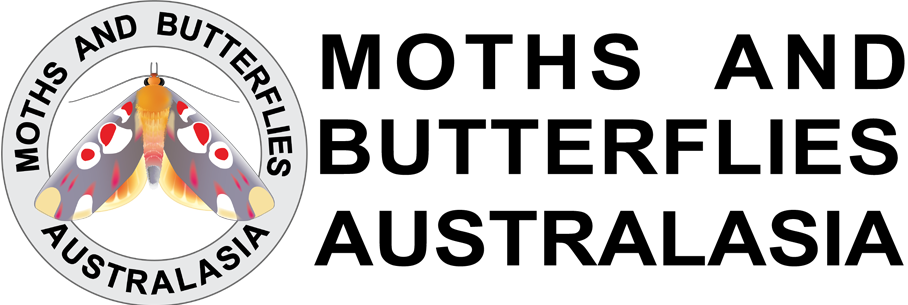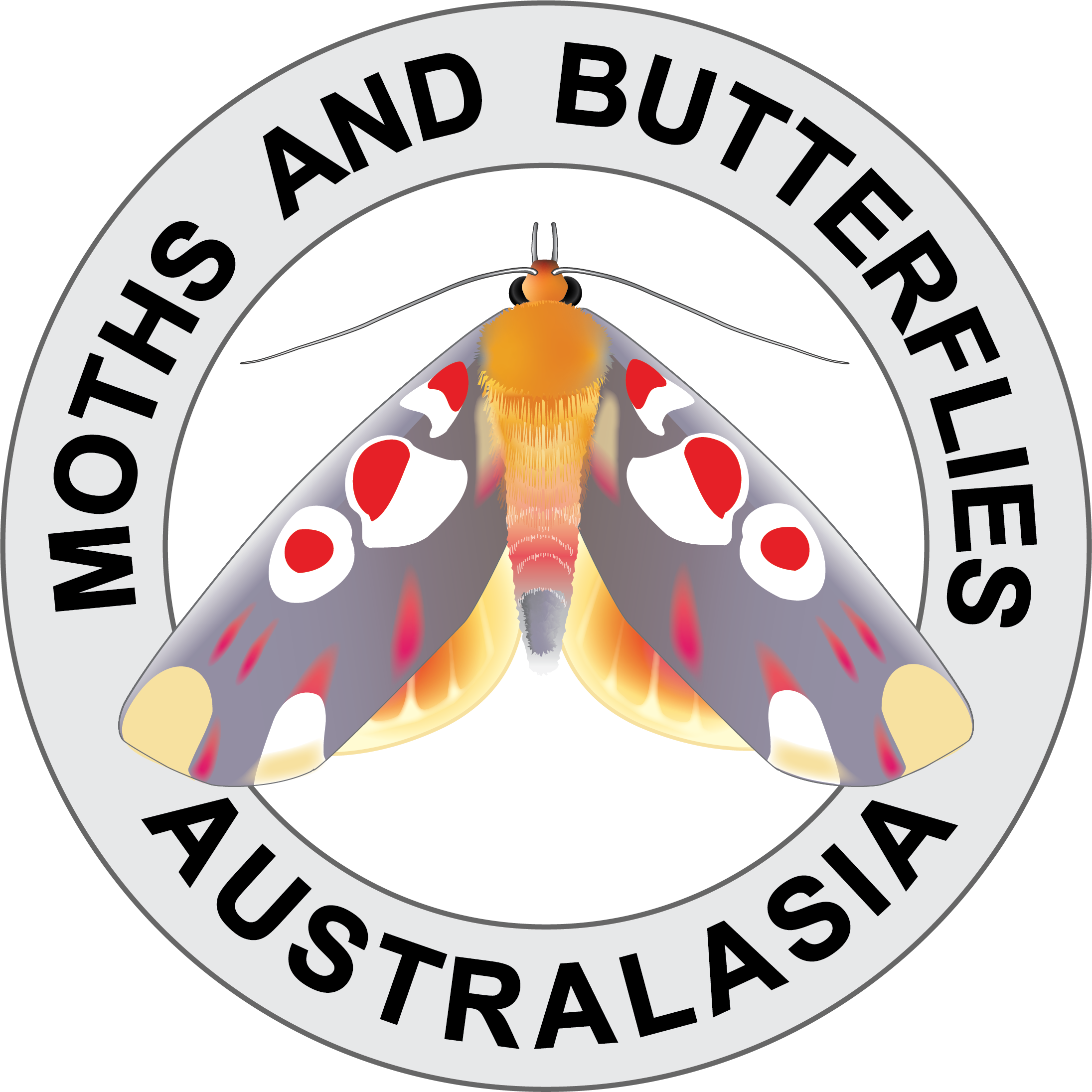About the MABA Biodiversity Fund
The purpose of the MABA Biodiversity Fund is to support the society’s environmental objectives on biodiversity conservation. It aims to promote and support the conservation of moths and butterflies and their habitats, as well as provide information to government agencies and non-government organisations on land use, threatened species and biodiversity for the purpose of advancing the health of the natural environment. The Fund has been approved by the Register of Environmental Organisations which means that the Fund has tax deductible gift recipient status (i.e., donors are endorsed to receive tax deductions for their donations).
This small grant scheme (up to $2,000) is open to all members whose work is likely to benefit the conservation of moths and butterflies in Australasia. Non-professional Lepidopterists/entomologists are encouraged to apply. Funds can be used to support a diverse array of activities within the field of conservation biology.
The need for support for conservation on Australasian Lepidoptera
Moths and butterflies are a substantial component of the biodiversity of Australia and its surrounding islands in the South-west Pacific. They play crucial roles in the functioning of our diverse ecosystems and perform vital services, such as pollination of flowering plants, herbivory and nutrient cycling of plants, and they serve as food for predators. They are sensitive to environmental changes and thus are important indicators of habitat and ecosystem condition. Many species are under threat from a combination of habitat loss and global warming and other anthropogenic threats; some like the iconic Bogong Moth and Narrow-winged Awl have declined dramatically in abundance in recent years, while others such as the Pale Imperial Hairstreak that formerly occurred over a vast area have now disappeared from many locations, contracted in geographical range and extant populations are now highly fragmented. Scientific research allows natural resource managers to develop solutions to problems and achieve practical conservation outcomes. The MABA Biodiversity Fund grants scheme provides an opportunity for members to access funding to enable them to contribute positively to the conservation of moths and butterflies and their habitats.
Scientific Advisory Committee
The MABA Biodiversity Fund is overseen by a Scientific Advisory Committee. The Scientific Advisory Committee will make all decisions on which research or conservation activities will be supported. The Committee will take into consideration individual donor wishes when making funding recommendations. See the MABA Biodiversity Fund Scientific Advisory Committee page. Donations The MABA Biodiversity Fund can be supported by: • Individual donations • Annual contributions • Donations through bequests
The MABA Biodiversity Fund would like to acknowledge and thank those who have donated. Our donors make it possible to support promising opportunities for Lepidoptera conservation in Australasia.
Grants
A call for applications will be made by MABA in January each year and will outline the amount of funding available. This announcement will be made via email to MABA members. The deadline for receipt of applications is 1st March. A decision on which applications to recommend to Council to fund will be made by the Scientific Advisory Committee and the successful applicants will be announced in the MABA Newsletter. For more information on the grant (including application process) please visit the MABA Biodiversity Fund Grant Applications page.
Grant Applications
A call for applications will be made by MABA in January each year and will outline the amount of funding available. This announcement will be made via email to MABA members. The deadline for receipt of applications is 1st March. A decision on which applications to recommend to Council to fund will be made by the Scientific Advisory Committee and the successful applicants will be announced in the MABA Newsletter. Applicants must provide the Scientific Advisory Committee with a report showing previous MABA-funded projects have been completed before becoming eligible for potential new funding. Successful applicants will be announced in the MABA Newsletter and are expected to submit a short report to the Scientific Advisory Committee and to the Editor for publication in the MABA Newsletter summarising the outcomes of their project 1–2 years after receiving the grant.
Eligibility
Any member of MABA, amateur or professional, working on the conservation of the Australasian Lepidoptera fauna, is eligible to apply. This small grant scheme is open to all members whose work is likely to benefit the conservation of moths and butterflies in Australasia. Funds can be used to support an array of activities, such as inventory (field surveys and exploration), monitoring (e.g., threatened species, habitat quality), assessing key threatening processes, mapping critical habitat, practical management of reserves from threats (e.g., invasive plants, exotic pests), equipment and consumables, travel expenses related to field research etc.
Application
Please download the MABA Biodiversity Fund Application Form here. The application should be no more than two pages: one page for the application form itself and a second page providing a brief CV of the applicant. Please submit your application by email to [email protected] by 1 March.
Call for Grant Applications 2024
No small grants are currently available for 2024. However, we have funds ($40,000) for an Early Career Research Grant.
Early Career Research Grant
Call for proposals
Deadline for Submission: 1 March 2024
Moths and Butterflies Australasia is pleased to announce a call for proposals for a one-off Early Career Research Grant on moths. This initiative aims to support emerging researchers in the field of entomology, with a focus on moths in the Australasian region, by funding innovative and practical research projects. Projects that emphasise the systematics, biodiversity conservation and ecological interactions of moths will be preferred. This initiative aims to empower early career scientists to contribute to the growing body of knowledge surrounding moths, with a particular focus on their role in conservation efforts and their intricate ecological interactions.
We invite early career scientists to submit proposals that advance our understanding of moth systematics, ecology, and conservation within the Australasian region.
Eligibility Criteria
- Applicants must be early career scientists, defined as individuals within 5 years of completing their postgraduate academic degree (Ph.D., M.Sc., or equivalent).
- Proposals should address questions related to moth systematics, biodiversity conservation, and ecological interactions.
- Collaborative projects and interdisciplinary approaches that encompass both moth biosystematics and conservation/ecological interactions are strongly encouraged.
Grant Details
- Grant Amount: Up to $40,000.
- Duration: Projects should be completed within 24 months of awarding the grant.
- Funding Usage: The grant can be used for research purposes, including but not limited to fieldwork, laboratory materials, travel, and publication fees.
Submission Guidelines
- Proposal Format: Proposals should be submitted in PDF format and include the following: o Title of the project. o Summary (max 250 words). o Research objectives and questions. Specify project aims and outline its importance to moth ecology and conservation. Supply sufficient information for the reviewers to understand the context of your project. Outline a proposed time frame for the completion of your project. o Methodology and approach. Outline your proposed methodology to demonstrate that your aims are achievable. You must also provide evidence that you have obtained any relevant research licenses or permits. o How and where the project will be completed, details of supporting facility. Include contact details for two referees who can make informed comment on your proposed project. o Expected outcomes and significance. o Itemised budget. o Brief curriculum vitae of the principal investigator.
A short CV that demonstrates your ability to produce high standard results.
-
Proposal Length: The proposal, including the budget and CV, should not exceed five pages.
-
Submission Deadline: All proposals must be submitted by 1 March 2024 to [email protected]
Review Process
- Proposals will be reviewed by the Scientific Advisory Committee, a panel of experts in the field.
- Evaluation criteria include relevance to MABA objectives, scientific merit, feasibility, innovation, and potential impact.
Notification of Award
Successful applicants will be notified by 31 March 2024, and funds will be disbursed shortly thereafter.
Reporting Requirements
Recipients are expected to provide interim and final reports detailing the progress and outcomes of their research, specifically highlighting the systematics, conservation and ecological interactions. Recipients of MABA grants are requested to acknowledge MABA’s contribution in all publications and presentations arising from their project. For inquiries and submission of proposals, please contact Dr Michael Braby at [email protected] We look forward to receiving innovative proposals that contribute significantly to moth systematics, conservation and understanding their crucial ecological interactions.
Scientific Advisory Committee
A/Prof. Michael Braby (Chairperson)
Dr Michael Braby is an Honorary Associate Professor in the Division of Ecology and Evolution at the Australian National University and a Visiting Scientist at the Australian National Insect Collection, Canberra. He is recognised nationally and internationally for his research on the taxonomy, biogeography and origin and evolution of Australian butterflies. He uses butterflies as a research tool to better understand broad patterns of biodiversity in terms of geographic distribution and endemism and the underlying historical processes shaping their assembly on the Australian continent, as well as actions needed for practical conservation management. Distinguished awards include a Fulbright Award, Hayashi Award, Whitley Medal and Mackerras Medal.
Christopher Sanderson
Chris is based in Brisbane and is a reformed vertebrate ecologist who now spends most of his limited time in the field looking at butterflies. Currently working with the Queensland Government, his role is to provide habitat mapping and advice on fauna to legislators and decision makers within government. Chris completed a dual degree in Science and Information Technology at the University of Queensland, before embarking on a career working in a diverse range of ecology related professions. Chris initiated Butterflies Australia, a citizen science project which established a nation-wide database for interested people to assist with the monitoring of changes in the distribution and abundance of Australian butterflies.
Dr Antony Moore
Tony Moore is a veterinarian who worked as an academic for 17 years teaching veterinary oncology in the USA, achieving the rank of full Professor at Tufts University in Massachusetts. During that time, he taught veterinary students, mentored 11 postgraduate residents and 14 postgraduate students in the field of veterinary oncology, published over 120 peer reviewed publications and received over 1.9 million dollars in research funding. He is currently a visiting Scientist at the Australian National Insect Collection in the CSIRO, working on taxonomy of the moth family, Choreutidae.
Emeritus Prof. Tim New
Tim is an entomologist with broad interests in insect ecology, systematics and conservation, and has published extensively in these fields. After some 40 years at La Trobe University, latterly as Professor of Zoology, he retired to have more time to study insects. He is a past Editor-in-Chief of Journal of Insect Conservation and Regional Editor of Biological Conservation and is recognised widely as a leading advocate for insect conservation. Tim’s many books include several on conservation of Australian Lepidoptera. His recent (2023) ‘The Other Lepidoptera: Moth Conservation in Australia’, reviews and promotes conservation of moths, drawing on examples from many parts of the world to suggest how advances may be made in safeguarding our vast moth fauna.

